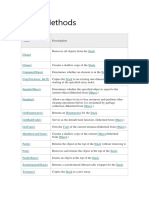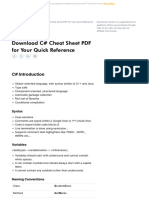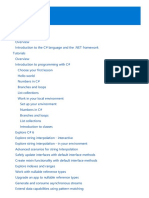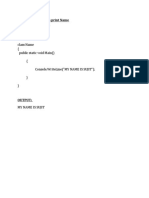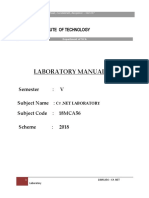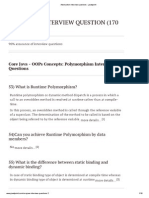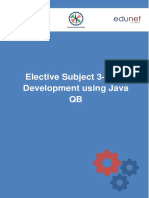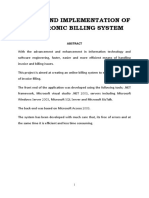0% found this document useful (0 votes)
34 views4 pages9.11 Performing Multiple Operations On A List Using Functors
The document discusses closures and describes them as a set of data associated with a function. It notes that closures and object-oriented programming can both solve the same types of problems, with closures providing a cleaner solution in some cases by writing less class and method code. The document also discusses the definition of a closure and whether behavior associated with state should be able to modify that state.
Uploaded by
MohammadCopyright
© © All Rights Reserved
We take content rights seriously. If you suspect this is your content, claim it here.
Available Formats
Download as PDF, TXT or read online on Scribd
0% found this document useful (0 votes)
34 views4 pages9.11 Performing Multiple Operations On A List Using Functors
The document discusses closures and describes them as a set of data associated with a function. It notes that closures and object-oriented programming can both solve the same types of problems, with closures providing a cleaner solution in some cases by writing less class and method code. The document also discusses the definition of a closure and whether behavior associated with state should be able to modify that state.
Uploaded by
MohammadCopyright
© © All Rights Reserved
We take content rights seriously. If you suspect this is your content, claim it here.
Available Formats
Download as PDF, TXT or read online on Scribd
/ 4













